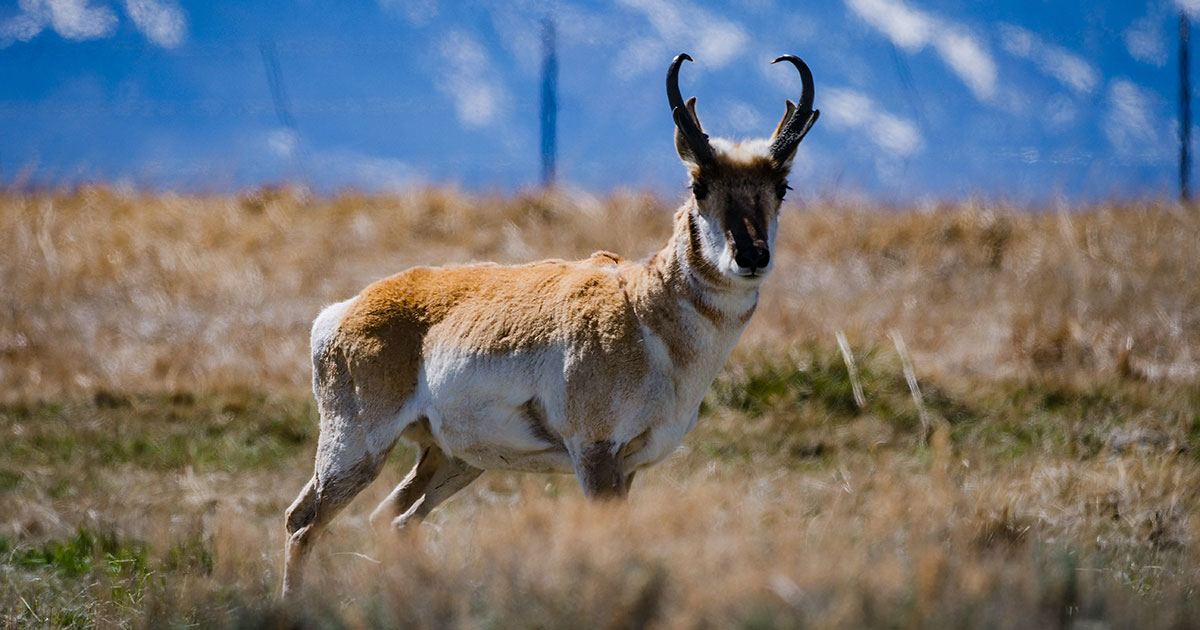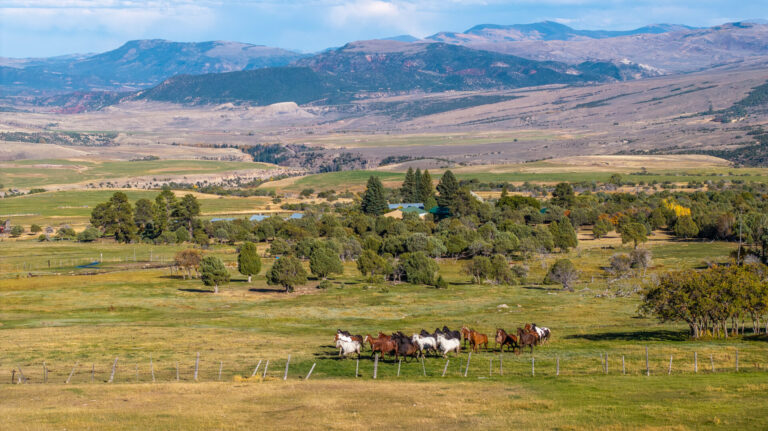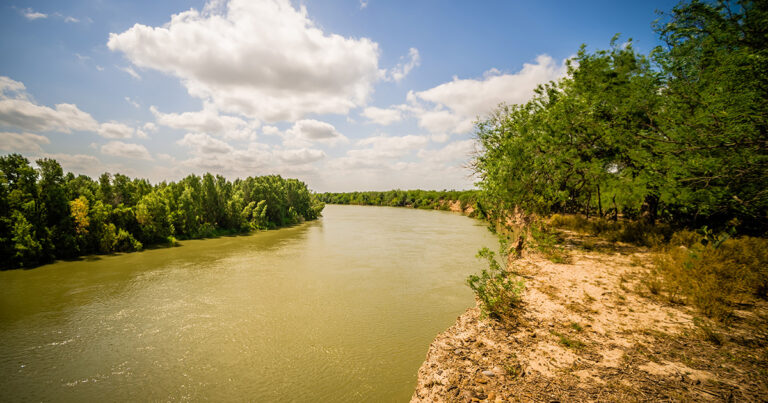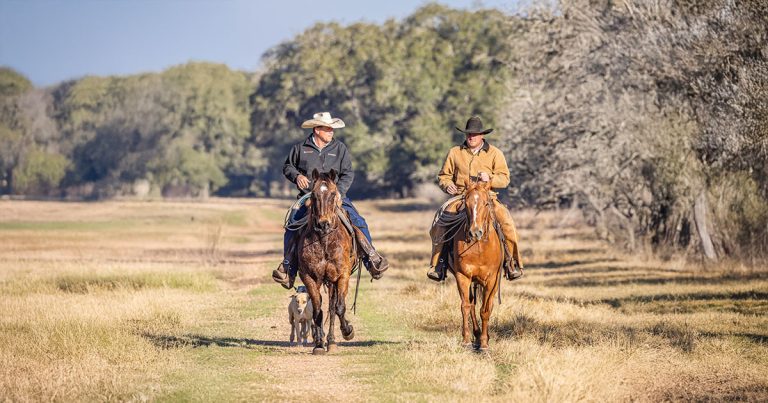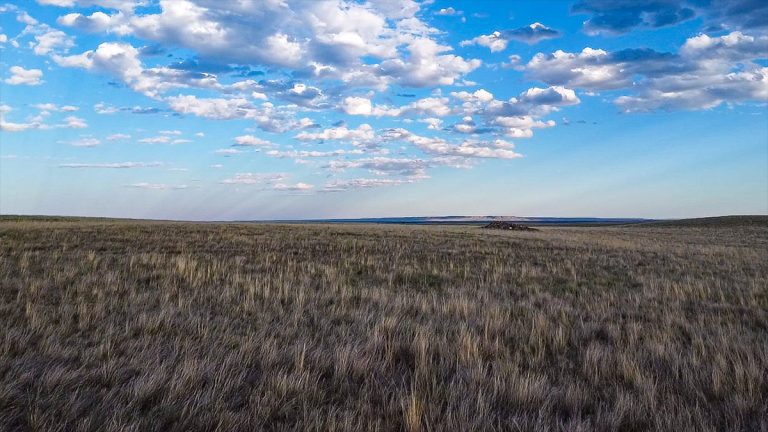The Ranching for Wildlife (RFW) program is a specific wildlife-management and hunter-access initiative operated by Colorado Parks & Wildlife (CPW) that links large private ranches with public hunting opportunities and habitat-improvement efforts. It began as a pilot in 1986 and has grown into a model for how private landowners and the state can partner to benefit wildlife, hunters, and ranch operations.
Purpose and Genesis
- Provide public hunting access to private lands that would otherwise be closed.
- Foster wildlife and habitat management on large ranches, especially those with potential to become refuges for big-game species.
- Assist landowners with wildlife-related issues (such as over-wintering elk, fence damage, wildlife-livestock conflicts) by giving them flexible tools and incentives in exchange for public access and wildlife management.
Eligibility & Enrollment
- To enroll, a ranch must meet certain criteria, including minimum acreage (at least ~10,000 contiguous deeded acres) and habitat suitability for game species.
- Landowners enter into an agreement with CPW that sets wildlife-management goals, access conditions, and license allocations.
Access & Licenses
- Participating ranches provide certain public-hunt licenses drawn via CPW strictly for Colorado residents. Successful applicants then hunt on the private land under the program.
- Hunters must apply through the standard CPW draw (for RFW-specific tags) and adhere to ranch-specific rules.
- On the landowner side, landowners receive special voucher licenses or harvest opportunities (often the “landowner vouchers”) which can be used themselves, donated, or monetized (for example, via guided hunts).
Habitat & Wildlife Management Requirements
- Ranches must implement habitat improvements annually – CPW notes “more than 50,000 acres per year with active wildlife habitat improvements applied.”
- Improved livestock-grazing systems: CPW estimates approximately 85 % of enrolled lands have improved grazing systems for wildlife compatibility.
- Seasons and license allocations are structured to help game species movement and harvest both on the ranch and nearby public lands.
Program Scale & Impact
- There are currently 25 ranches enrolled in the program.
- These ranches collectively provide around 1 million acres of public access.
- The program reports 50,000+ acres per year of active habitat improvement as noted above.
- About two-thirds of the ranches participate in youth-hunting opportunities; about one-third of them donate hunts for fundraising for conservation.
Why Landowners Participate
From the landowner’s perspective, the RFW program offers compelling benefits:
- Wildlife damage mitigation: Large ranches can become “sanctuaries” for elk, deer or pronghorn if hunting pressure is lacking; that may escalate forage damage, fence repair, hay-field losses, etc. The program helps manage those populations via harvest and movement.
- Additional revenue or value: Through the sale or donation of voucher licenses or via guided hunts, ranches can realize value from wildlife assets. These funds often support habitat work or ranch operations.
- Enhanced land-use synergy: Improved grazing systems (wildlife-conscious) can benefit both wildlife and livestock, enhancing ecological sustainability and long-term ranch value.
Public Hunter Benefits
From the hunter’s viewpoint:
- Access to large private ranches (often with better‐access roads, fewer crowds, better game density) that would rarely be open otherwise.
- For youth hunters, the program is noted as especially beneficial to provide positive early hunting experiences.
- The hunts still present a legitimate challenge; CPW reminds hunters these are not “fenced hunts” and densities may be lower, making realistic expectations important.
Looking Ahead: The Role of RFW in Colorado’s Wildlife & Land Use Landscape
The RFW program is notable in several broader contexts:
- It is one mechanism by which private-land wildlife conservation is incentivized. With much wildlife habitat on private land, programs like RFW help integrate ranching and wildlife goals.
- It supports public hunting access in an era where access to large, private, big-game lands is increasingly limited.
- By aligning grazing systems, habitat improvement, and game-management objectives, RFW can help address issues such as over-wintering game concentrations, wildlife‐livestock interface, and landscape-scale habitat connectivity.
- For landowners exploring large-acreage ranch acquisition, enrollment in RFW (or eligibility for it) can add value (both ecological and financial) to the property.
The Ranching for Wildlife program in Colorado is a cooperative model between large private ranches that commit to wildlife-habitat improvement and public hunting access. In return landowners gain tools to improve wildlife management, mitigate damage, and add value to their operations. For Colorado hunters, RFW offers access to large, often premium hunting lands that would otherwise be off-limits, with the trade-off of high competition and eligibility requirements. From the landowner side, the program requires significant long-term commitment but can pay dividends in ranch-management flexibility and added value.

